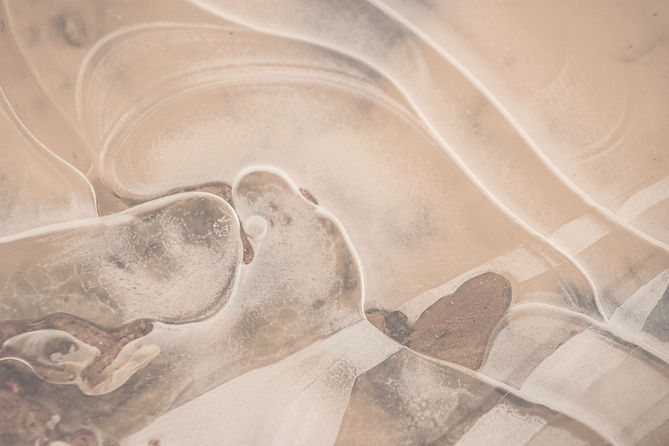
Our Method
What if Reggio Emilia went to Forest School?
Originating from the city of Reggio Emilia in Italy, the Reggio Emilia approach emphasizes child-centered learning, where children are seen as capable and active participants in their own education. The Forest School model began in Scandinavia and the United Kingdom. In the Forest School model, children spend ample time outside and in wild places. The landscape is an impetus for experiential learning, promoting holistic development. At The Little Blue Creche, we combine these methods to inspire children to know themselves and their world.

01
Child Led Inquiry
Children are encouraged to explore their interests through hands-on activities and projects, fostering a sense of curiosity and creativity.
02
Collaborative Learning
Learning is often a collaborative process, where children work together, share ideas, and learn from one another, promoting social skills and teamwork.




03
Environment as Third Teacher
The physical environment is thoughtfully designed to inspire and facilitate exploration, with ample materials and resources that stimulate learning. Children spend significant time outdoors, exploring and engaging with nature, which fosters a deep connection to the environment.
04
Risk & Challenge
We encourage children to take on manageable risks, helping them develop confidence, resilience, and problem-solving skills.



05
The Role of the Teacher
Teachers act as facilitators or guides rather than traditional instructors, supporting children's explorations and encouraging their individual interests.
06
Documentation
Teachers document children's progress and learning processes through photographs, notes, and artwork, which helps in reflecting on their development and informing future teaching strategies.


07
Sustainability
Children learn about sustainability and environmental stewardship, fostering respect for nature and an understanding of ecological systems.


08
Connectedness
We believe in people connecting to people-- children connecting to children, to the larger community, and the environment.
